Religion Islam Movement Sufi Denomination Sunni Name Khwaja Ansari | Jurisprudence Hanbali Died 1088, Herat, Afghanistan Creed Athari Parents Abu Mansur | |
 | ||
Ansary s ancestor khwaja abdullah ansari
Hazrat Khwaja Shaikh Abu Ismaïl Abdullah al-Herati al-Ansari or Khwaja Abdullah Ansari of Herat (1006–1088) (Persian: خواجه عبدالله انصاری) also known as Peer-e-Herat (پیر هرات) (sage of Herat) was a famous Persian Sufi who lived in the 11th century in Herat (then Khorasan, now Herat province, Afghanistan). One of the outstanding figures in Khorasan in the 5th/11th century: commentator of the Qur'an, traditionist, polemicist, and spiritual master, known for his oratory and poetic talents in Arabic and Persian.
Contents
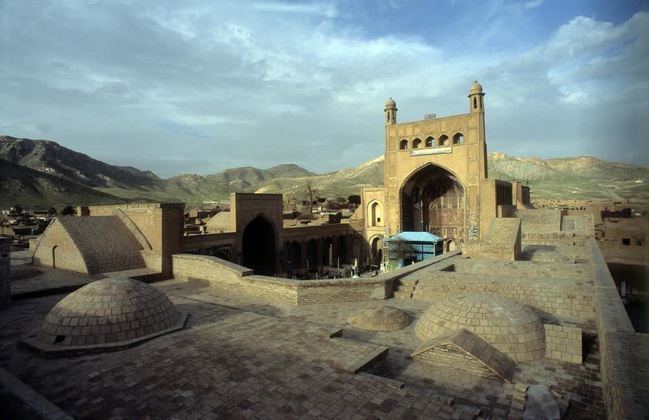
Life
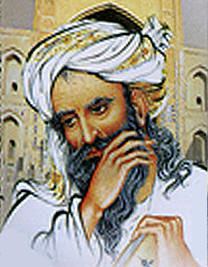
He was born in the Kohandez, the old citadel of Herat, on 4 May 1006. His father Abu Mansur, was a shopkeeper who had spent several years of his youth at Balkh. Abdullah was the disciple of Shaikh Abul Hassan Kharaqani, for whom he had deep respect and faith, as he has said: "Abdullah was a hidden treasure, and its key was in the hands of Abul Hassan Kharaqani."
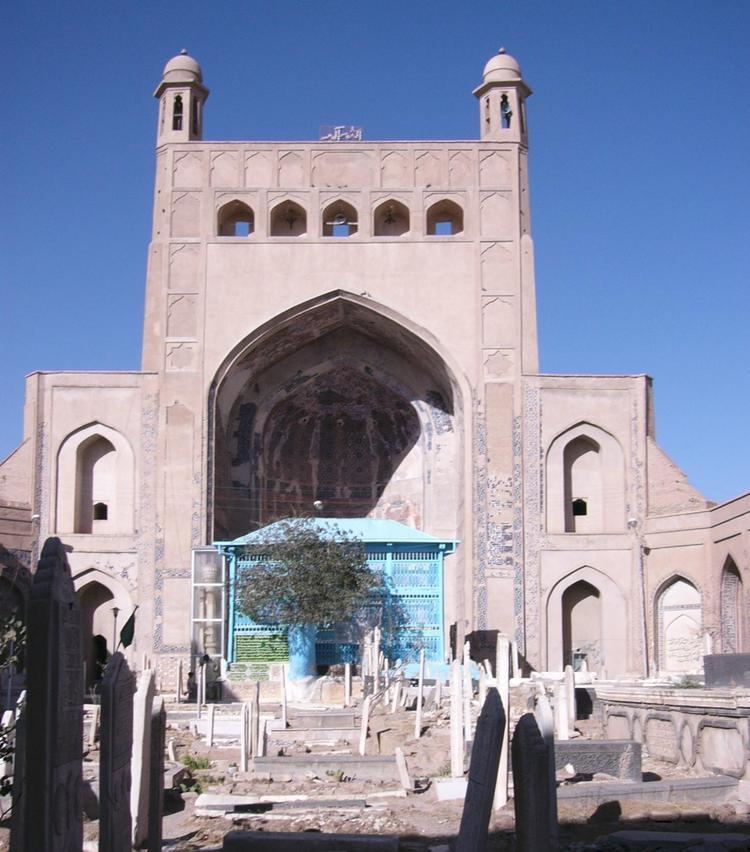
He practiced the Hanbali fiqh, one of the four Sunni schools of law or jurisprudence.
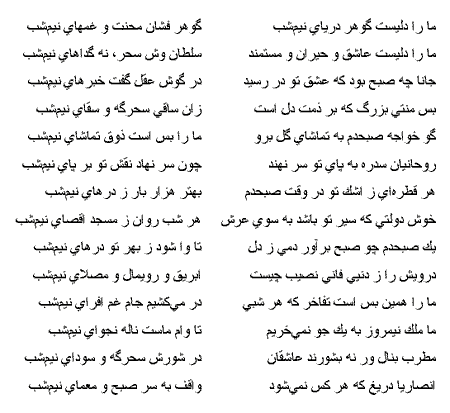
He wrote several books on Islamic mysticism and philosophy in Persian and Arabic. His most famous work is "Munajat Namah" (literally 'Litanies or dialogues with God'), which is considered a masterpiece of Persian literature. After his death, many of his sayings that had been transmitted by his students along with others that were in his written works were included in the Tafsir of Maybudi, "Kashf al-Asrar" (The Unveiling of Secrets). This is among the earliest complete Sufi Tafsirs of Quran and has been published several times in 10 volumes.
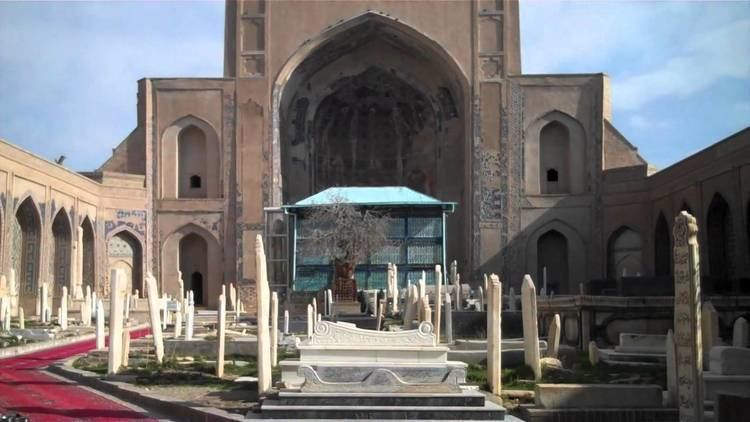
He excelled in the knowledge of Hadith, history, and Ilm-ul-Ansaab. He used to avoid the company of the rich, powerful and the influential. His yearly majlis-e-wa'az was attended by people from far and wide. Whatever his disciples and followers used to present to him was handed over to the poor and the needy. He is said to have had a very impressive personality, and used to dress gracefully.
Khwaja Abdullah Ansari of Herat was a direct descendant of Abu Ayyub al-Ansari, a companion of the Prophet Muhammad, being the ninth in line from him. The lineage is described, and traced in the family history records, as follows;
Khwaja Abu Ismail Abdullah Ansari, son of Abu Mansoor Balkhi, son of Jaafar, son of Abu Mu'aaz, son of Muhammad, son of Ahmad, son of Jaafar, son of Abu Mansoor al-Taabi'i, son of Abu Ayyub al-Ansari.
In the reign of the third Caliph amongst the Khulfa-e-Rashideen of Islam, Uthman ibn Affan, Abu Mansoor al-Taabi'i took part in the conquest of Khorasan, and subsequently settled in Herat, his descendant Khwaja Abdullah Ansari died there in March 1088 (22 Zil Hijjah 480 AH).
His shrine, built during the Timurid Dynasty, is a popular pilgrimage site.
The Hanbali jurist Ibn Qayyim Al-Jawziyya wrote a lengthy commentary on a treatise written by Ansari entitled Madarij al-Salikin. He expressed his love and appreciation for Ansari in this commentary with his statement "Certainly I love the Sheikh, but I love the truth more!'. Ibn Qayyim al-Jawziyya refers to Ansari with the honorific title "Sheikh al-Islam" in his work Al-Wabil al-Sayyib min al-Kalim al-Tayyab
